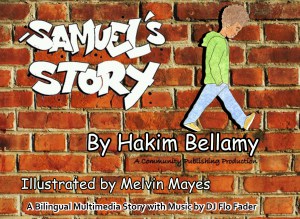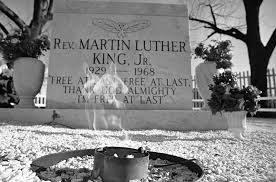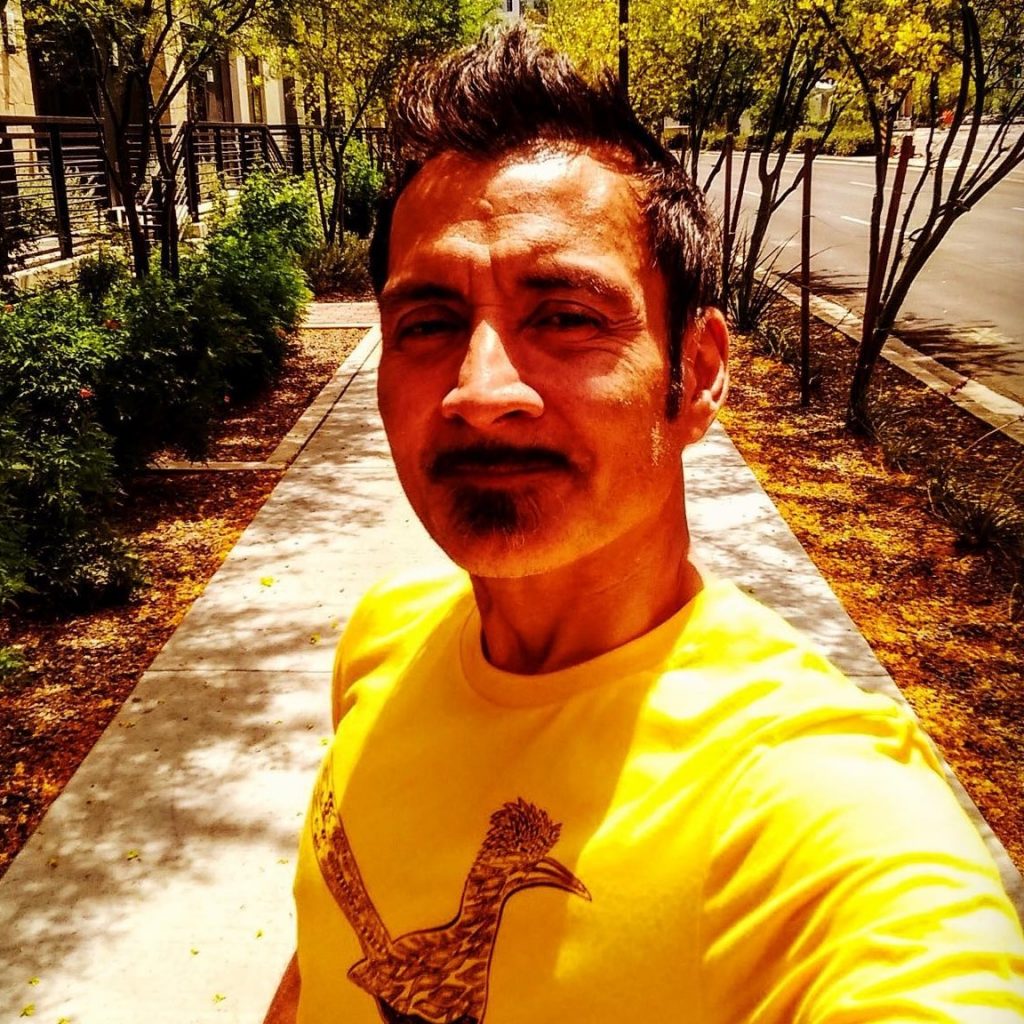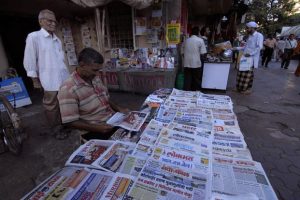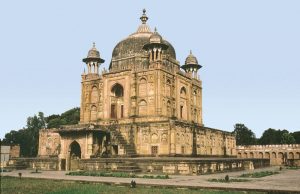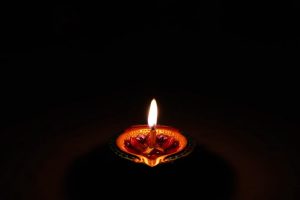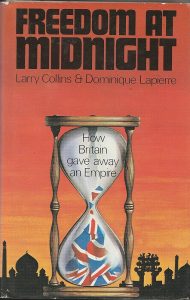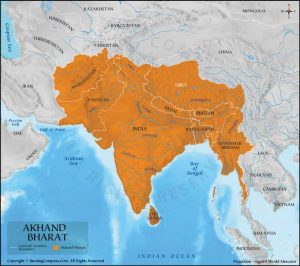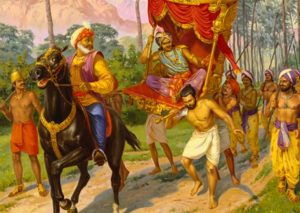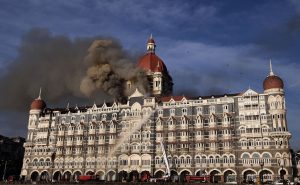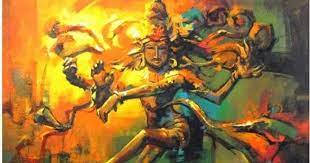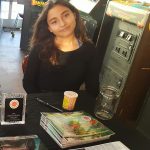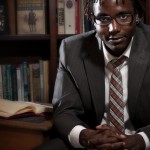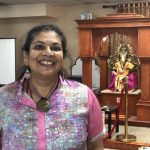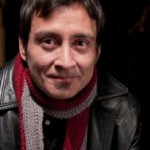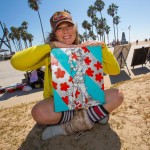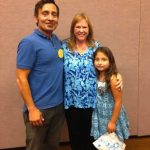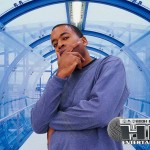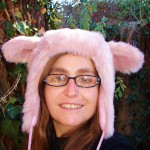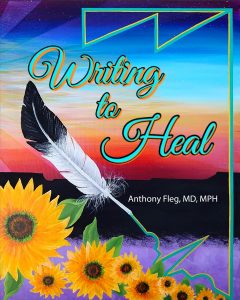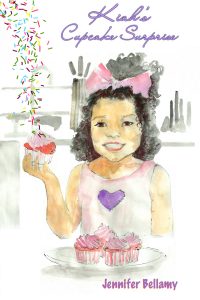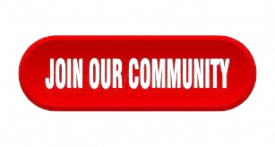by Alex Paramo, Father / Author / Educator / Community Organizer
Art can and has been created under any circumstance. From the writings of Elie Wiesel at the Auschwitz Nazi Death Camp to Stephen King up on the mountain in his private study on his comfy chair with just the right amount of sunlight pouring in. The graffiti art on NYC subway trains were typically created under duress. These pieces were a shout to be heard and seen in the noisiest busiest off cities. What makes art like the above interesting and beneficial is the diversity not just in the creator but also of place and purpose of the work.
Whether it’s graffiti, or horror novels or the real life immediate threat of death by gas chamber, diversity makes these works interesting, unpredictable, entertaining and important.
Taxation without Diversification

The more the merry the old adage states and in terms of an often directive art form like writing, diversity of thought is a necessary in order to ensure that all of societies stakeholders are properly representative. The industry diversity study by diversity publishing leader Lee and Low, shows that we are too far of in having a true representative publishing industry. The folks who comprise the publishing industry – or in other words – the people who make decisions on what we read and mentally ingest are still overwhelmingly from a singular demographic. The need for diversity in publishing is not a demonization of that singular group that controls publishing currently but a call action for all members of society to demand for and enable (through our purchasing power ) greater representation for all groups.
Why is Diversity Important?
While to many of us, the answer to the question “Why is Diversity Important” might seem self-evident. Due to the current ideological climate in the USA, a further explanation might be necessary. According to Lee & Low
It’s imperative the publishing workforce continues to reflect the many lived experiences in North America. As gatekeepers, we decide what stories get published, which creators get the extra sales or marketing push, and which books get reviewed. Our industry greatly benefits from a diverse workforce to shape the voices and characters that will appeal to a wide audience.
The Lee & Low Diversity Baseline Survey 3.0
Diversity as Freedom
Diversity of demographic representation ensures that diversity of thought is present and therefore granting us the freedom of expression and self-expression crucial and albeit fundamental to a healthy, fulfilling society where happiness is the norm and not a pipe dream. Diversity allows us to examine all corners of the human experience. In the United States we all have walked different paths to be part of this great nation. Therefore our voices should be heard, and it is our job as the media – gatekeepers. that all gates are open and elevated according to merit.
Please support incredible diverse works and their creation by checking out Lee and Low publishing and subscribing to Community Publishing. At Community Publishing we know that every work matters.






